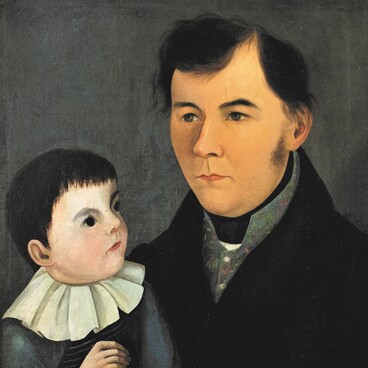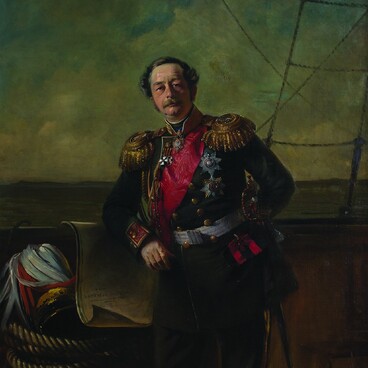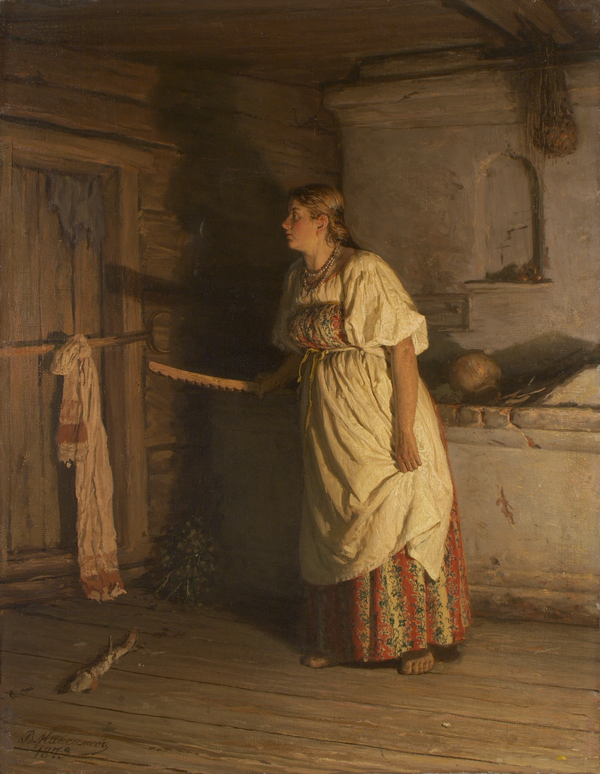Vasily Maximov was born into a peasant family in 1844. His artistic career began in the icon-painting workshops of St. Petersburg. While working there, Maximov also attended a drawing school at the Institute of Technology. He studied at the Imperial Academy of Arts for only three years. In 1866, he left the Academy, dissatisfied with the study program, which was far from the real contemporary life. In the same year, Maximov became a private tutor and settled in the village of Shubino, in Tver governorate, in the estate of the Golenishchev-Kutuzov family.
The artist painted peasant scenes, and in 1874 he was admitted to the Association of Traveling Art Exhibitions — the center of the democratic art movement. Maximov’s paintings caused a huge reaction in society, and in 1878 the very Imperial Academy awarded him the title of academician. After moving to St. Petersburg, Maximov did not break ties with his favorite subject matter and stayed for a long time in the villages of Chernavino and Lyubsha in St. Petersburg governorate. “The flint of the Itinerant movement, the most indestructible stone of its foundation… His paintings can be called the pearls of folk art in terms of their characteristic and purely Russian mentality. … This is the simplest Russian truth, ” his contemporary, the master of Realism, Ilya Repin, wrote about Maximov.
Many decades later, already in the second half of the 20th century, the Moscow art critic Alexei Leonov wrote about the “Poor Dinner” painting,
The artist painted peasant scenes, and in 1874 he was admitted to the Association of Traveling Art Exhibitions — the center of the democratic art movement. Maximov’s paintings caused a huge reaction in society, and in 1878 the very Imperial Academy awarded him the title of academician. After moving to St. Petersburg, Maximov did not break ties with his favorite subject matter and stayed for a long time in the villages of Chernavino and Lyubsha in St. Petersburg governorate. “The flint of the Itinerant movement, the most indestructible stone of its foundation… His paintings can be called the pearls of folk art in terms of their characteristic and purely Russian mentality. … This is the simplest Russian truth, ” his contemporary, the master of Realism, Ilya Repin, wrote about Maximov.
Many decades later, already in the second half of the 20th century, the Moscow art critic Alexei Leonov wrote about the “Poor Dinner” painting,






